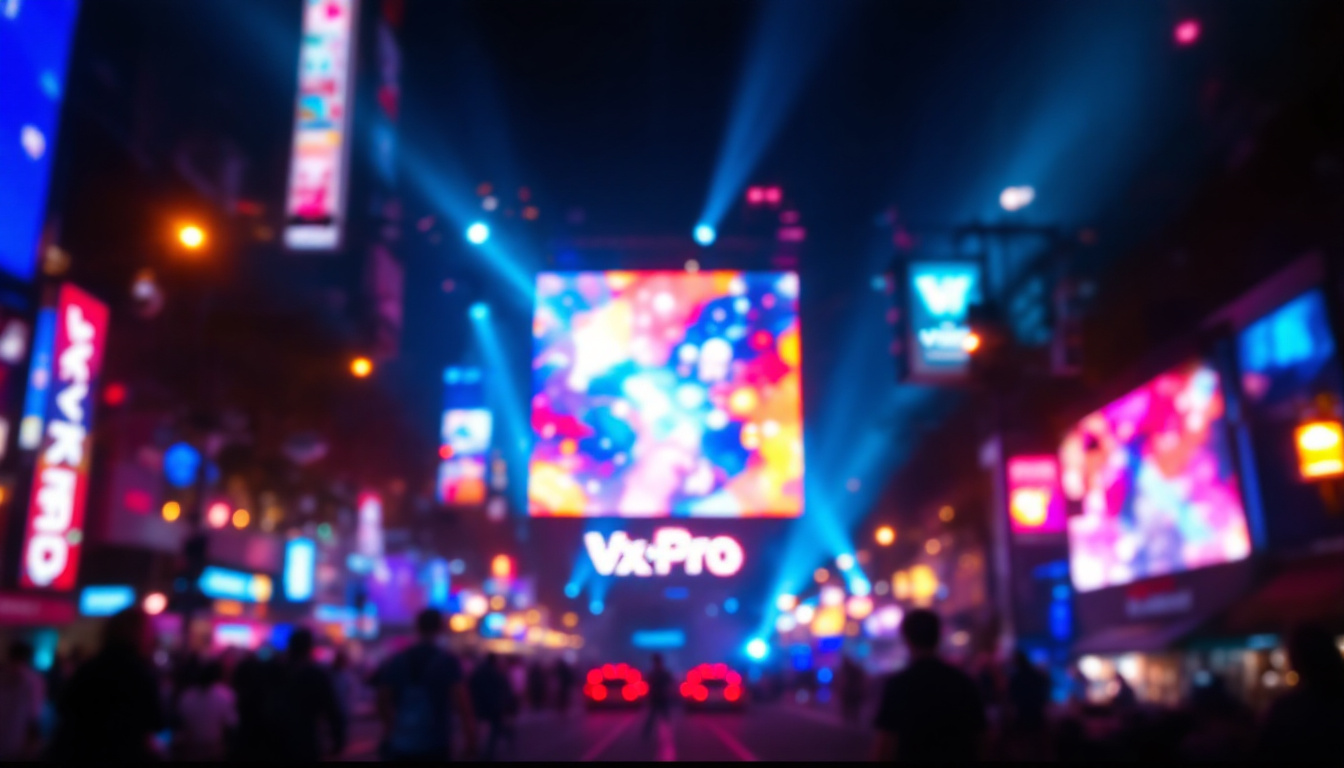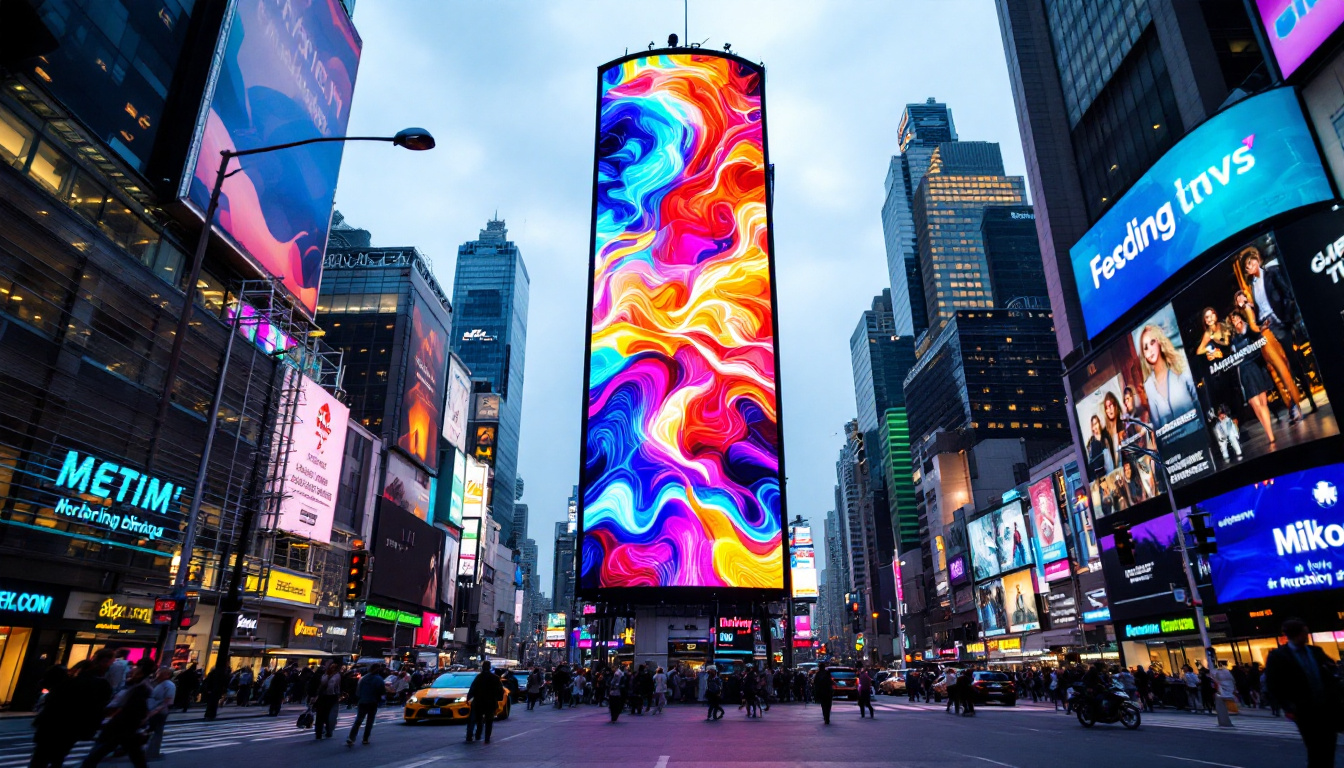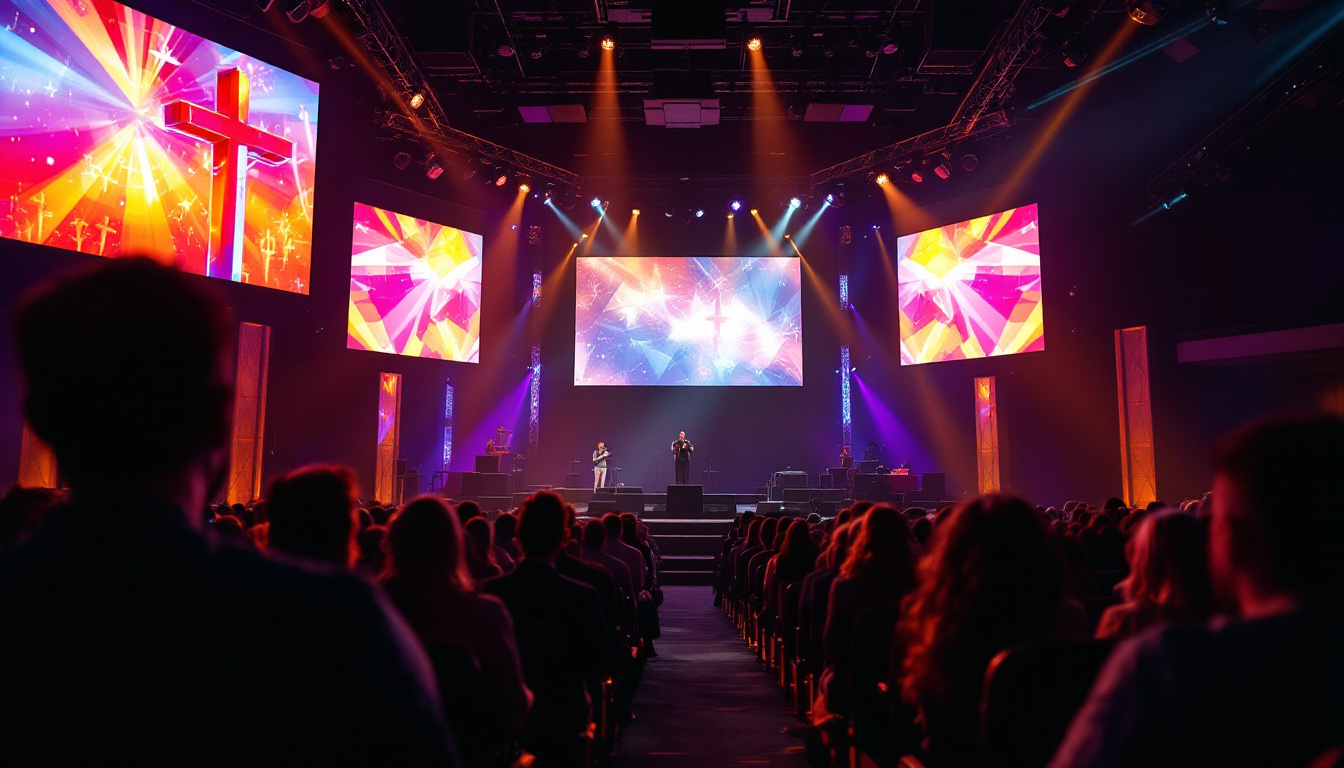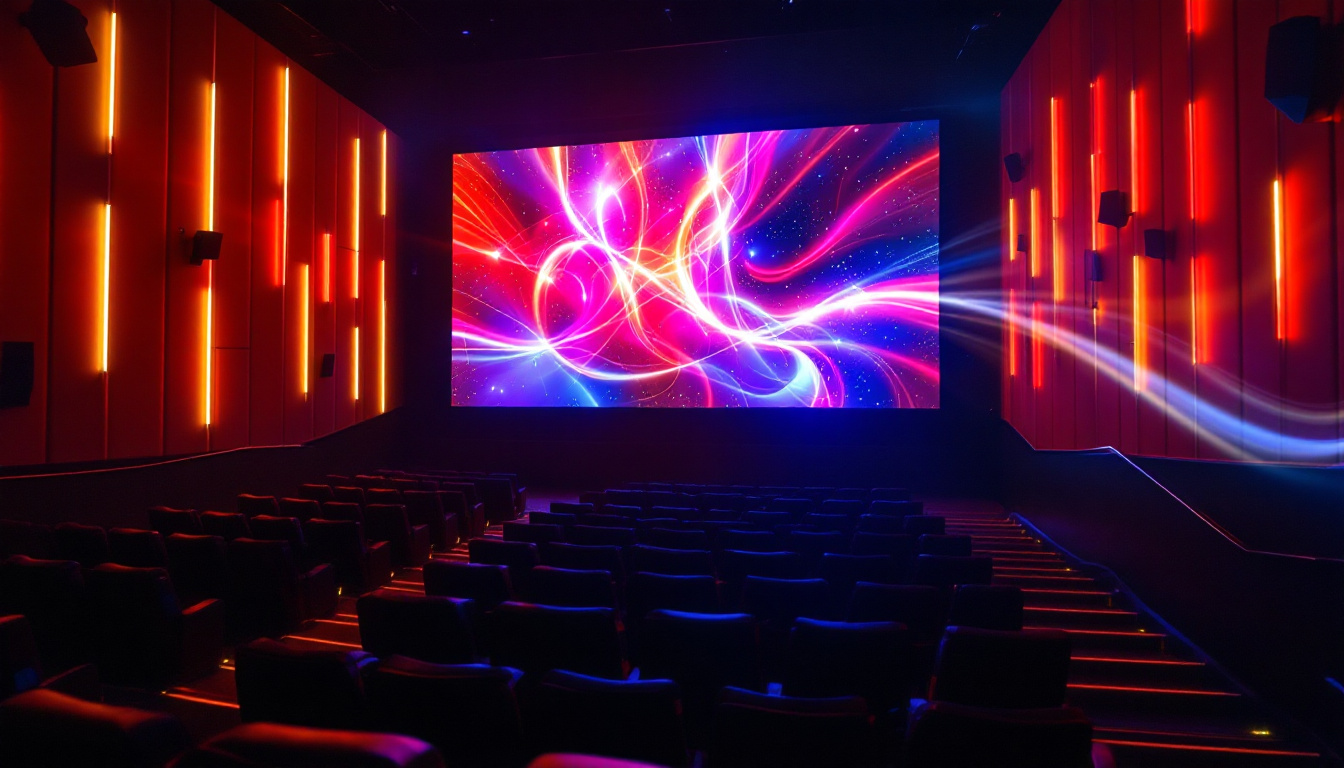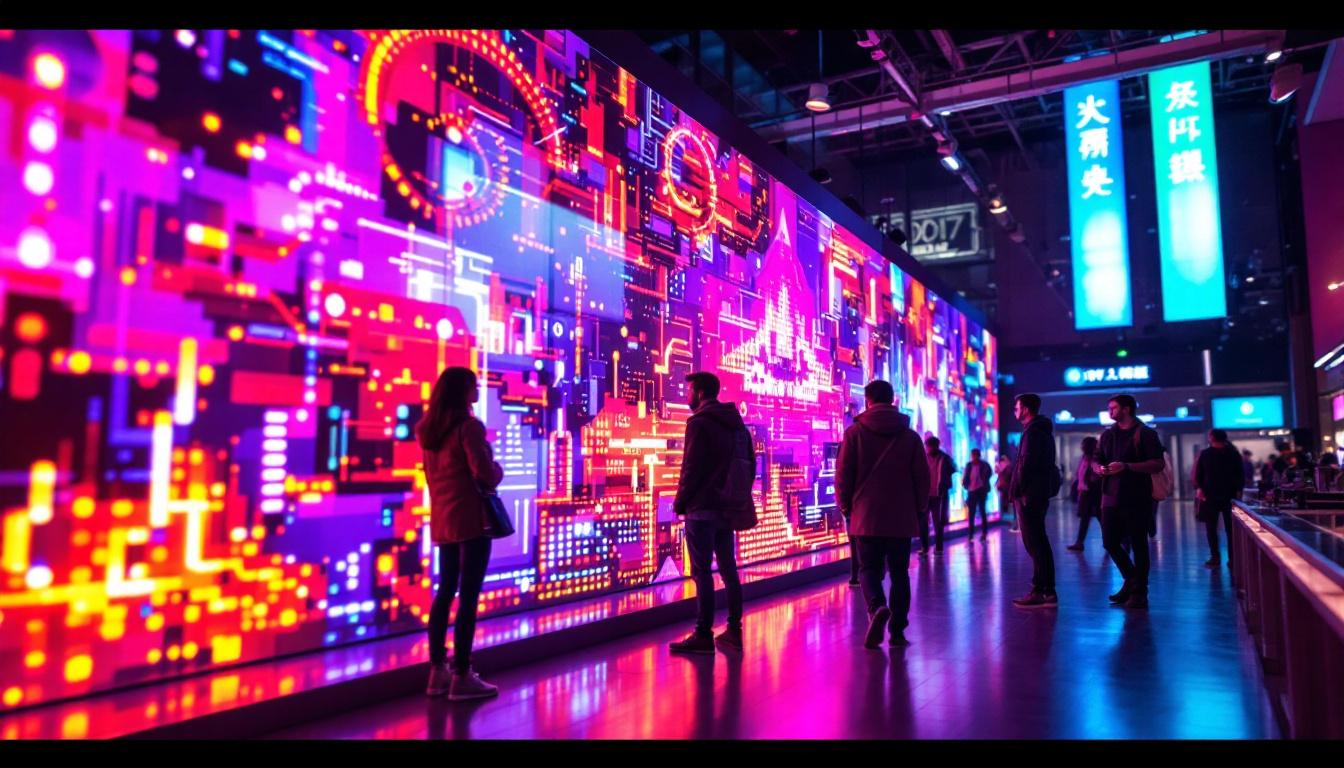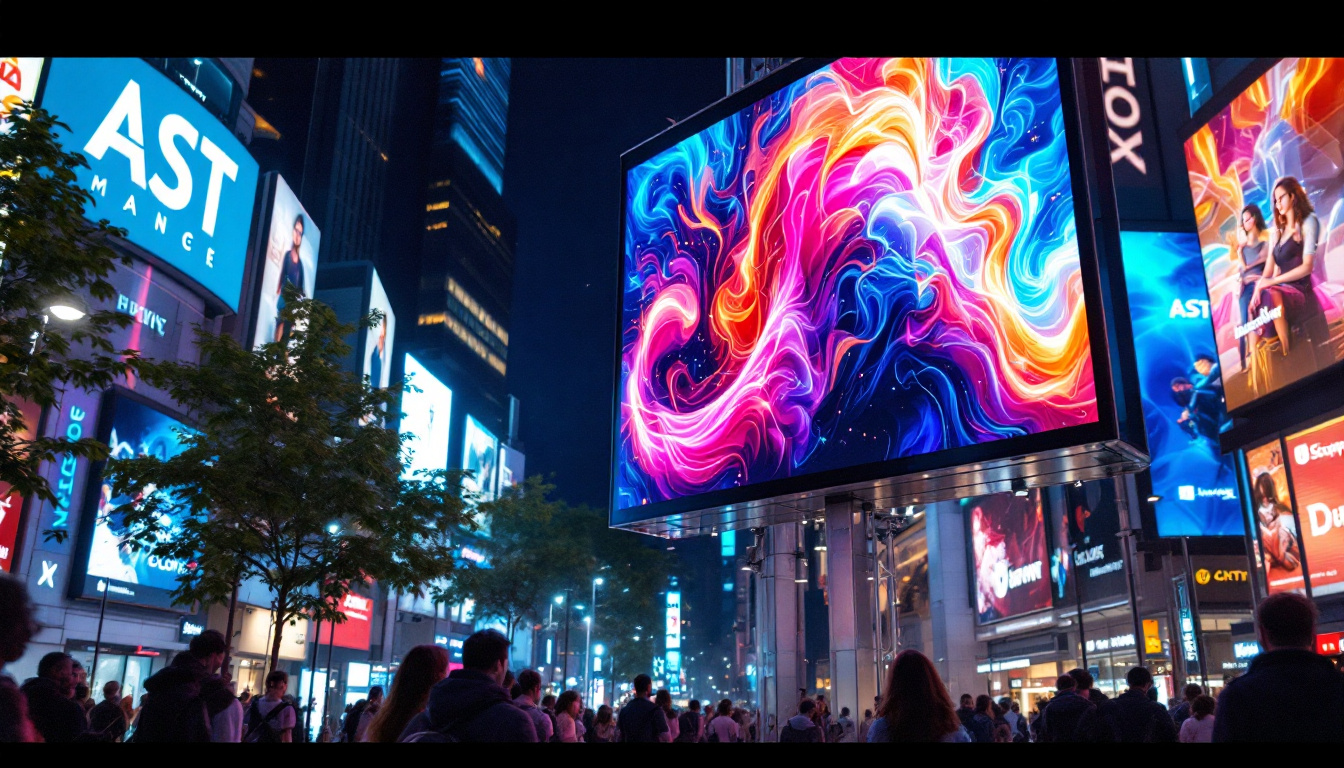In the modern age of technology, churches are increasingly turning to advanced visual solutions to enhance their worship experiences. One of the most effective tools in this regard is the use of screen projectors, particularly LED displays. This article explores the various aspects of LED displays and how they can significantly benefit churches in their mission to engage congregations.
The Importance of Visual Aids in Worship
Visual aids have become an integral part of worship services. They serve not only to enhance the aesthetic appeal of the environment but also to improve communication and understanding among congregants. In a world where attention spans are shorter than ever, visual elements can capture interest and convey messages more effectively than spoken words alone.
Enhancing Engagement
Church services often involve complex themes and teachings that can be difficult to grasp. By incorporating visual elements, such as scripture verses, song lyrics, and sermon points, churches can create a more engaging atmosphere. LED displays can present these elements in vibrant colors and sharp clarity, making it easier for congregants to follow along and participate actively in the service. Additionally, the use of multimedia presentations, including images and videos, can illustrate biblical stories or teachings in a way that resonates with the congregation, making the messages more relatable and memorable.
Fostering Community
When congregants can see the same visuals, it fosters a sense of unity and community. Whether it’s the lyrics of a hymn or a video presentation, shared visuals help to create a collective experience. This shared engagement can strengthen bonds among church members, making services feel more inclusive and participatory. Furthermore, visual aids can also serve to highlight community events, announcements, and prayer requests, ensuring that everyone is informed and involved in the life of the church. This not only enhances the worship experience but also encourages a culture of support and fellowship among members, as they see their shared experiences reflected in the visuals presented during the service.
Understanding LED Technology
LED (Light Emitting Diode) technology has revolutionized the way visual content is displayed. Unlike traditional projectors that rely on bulbs, LED displays use thousands of tiny diodes to produce light, resulting in brighter images and lower energy consumption. Understanding the benefits of LED technology is crucial for churches considering an upgrade.
Brightness and Clarity
One of the standout features of LED displays is their exceptional brightness. This is particularly important in churches where ambient light can interfere with visibility. LED screens can produce vibrant colors and sharp images, ensuring that every detail is visible even in well-lit environments. This clarity is essential for conveying messages effectively during services. Additionally, the high contrast ratios offered by LED technology enhance the viewing experience, making it easier for congregants to engage with the content being presented, whether it’s lyrics to a hymn, sermon notes, or multimedia elements.
Longevity and Maintenance
LED displays are known for their longevity. Unlike traditional projectors that may require frequent bulb replacements, LED screens can last for tens of thousands of hours with minimal maintenance. This not only reduces long-term costs but also ensures that churches can rely on their visual systems without frequent interruptions for repairs or replacements. Furthermore, the durability of LED technology means that it can withstand the rigors of daily use, making it an ideal choice for churches that host a variety of events, from worship services to community gatherings. The low heat emission of LED displays also contributes to their longevity, as it reduces the risk of overheating and extends the lifespan of the components.
Energy Efficiency
Another significant advantage of LED technology is its energy efficiency. Compared to traditional lighting solutions, LED displays consume far less power, which can lead to substantial savings on energy bills over time. This is particularly beneficial for churches that may operate on tight budgets, as the reduced energy consumption allows for funds to be allocated to other important areas, such as community outreach programs or facility improvements. Moreover, the lower carbon footprint associated with LED technology aligns with many churches’ values of stewardship and environmental responsibility, making it a conscientious choice for modern worship spaces.
Choosing the Right Screen Projector for Your Church
When selecting a screen projector for a church setting, several factors need to be considered. The right choice can significantly impact the overall worship experience and the effectiveness of visual communication.
Size and Resolution
The size of the LED display is critical, as it needs to be visible from all areas of the sanctuary. A larger screen may be necessary for larger congregations, while smaller spaces may only require a modest-sized display. Additionally, resolution plays a vital role; higher resolution screens provide clearer images, making them ideal for displaying text and intricate visuals.
Installation and Configuration
Proper installation is essential for maximizing the benefits of an LED display. Churches must consider factors such as screen placement, viewing angles, and connectivity to existing audio-visual systems. Engaging professionals for installation can ensure that the setup is optimized for the best possible viewing experience.
Integrating LED Displays into Worship Services
Once an LED display is installed, integrating it into worship services is the next step. This involves not just using the technology but also ensuring that it complements the overall service flow.
Content Creation
Creating engaging content is crucial for making the most of an LED display. This can include slideshows with sermon points, worship lyrics, and even video clips that enhance the message being delivered. Churches should invest time in designing visually appealing content that aligns with their mission and values.
Training Staff and Volunteers
To ensure smooth operation during services, staff and volunteers should be trained on how to use the LED display effectively. This includes understanding how to operate the software, troubleshoot common issues, and make real-time adjustments during services. Proper training can help prevent technical difficulties that might disrupt the worship experience.
Cost Considerations
Investing in LED display technology can be a significant financial commitment for many churches. However, the long-term benefits often outweigh the initial costs. Understanding the various factors that influence pricing can help churches make informed decisions.
Initial Investment vs. Long-Term Savings
While the upfront cost of purchasing and installing an LED display can be high, it’s important to consider the long-term savings associated with reduced maintenance and energy costs. LED displays typically consume less power than traditional projectors and have a longer lifespan, leading to lower overall expenses over time.
Financing Options
Many churches may find it challenging to budget for a new LED display. Fortunately, there are financing options available that can help spread the cost over time. Churches can explore grants, fundraising campaigns, or partnerships with local businesses to secure the necessary funds. Additionally, some vendors may offer financing plans that allow for manageable monthly payments.
Case Studies: Successful Implementations
Examining case studies of churches that have successfully implemented LED displays can provide valuable insights and inspiration for others considering this technology.
Case Study 1: Community Church
Community Church, a mid-sized congregation, decided to invest in an LED display to enhance their worship services. After installation, they reported a significant increase in congregational engagement. The vibrant visuals helped to draw attention to sermon points and lyrics, making it easier for members to participate. The church also utilized the display for community announcements, further solidifying its role as a central communication tool.
Case Study 2: City Faith Center
City Faith Center, a larger church, opted for a high-resolution LED wall that spanned the entire stage. This immersive setup transformed their worship experience, allowing for dynamic backgrounds and video presentations that complemented the sermons. The church noted that visitors often commented on the professional quality of their services, attributing part of this positive impression to the impactful use of their LED display.
The Future of LED Displays in Churches
The future of LED displays in churches looks promising as technology continues to evolve. Innovations in display technology, content creation, and integration with other systems are set to enhance the worship experience even further.
Emerging Technologies
As new technologies emerge, churches can expect to see even more advanced LED solutions. Features such as interactive displays, augmented reality, and enhanced connectivity with mobile devices are on the horizon. These advancements will offer churches new ways to engage congregants and make worship more interactive and immersive.
Community and Collaboration
Collaboration among churches can also play a significant role in the future of LED displays. By sharing resources, knowledge, and experiences, congregations can work together to maximize the benefits of their visual technologies. This collaborative spirit can lead to innovative uses of LED displays that enhance the worship experience across communities.
Conclusion
LED displays represent a powerful tool for churches looking to enhance their worship services and engage their congregations. With their superior brightness, longevity, and versatility, these displays can transform the way messages are communicated. By carefully considering factors such as size, installation, and content creation, churches can effectively integrate LED technology into their worship practices. As technology continues to advance, the potential for LED displays in churches will only grow, paving the way for more dynamic and engaging worship experiences.
In summary, investing in an LED display is not just about technology; it’s about enhancing the spiritual journey of congregants and fostering a sense of community. As churches embrace these innovations, they can look forward to a future where worship is more vibrant, engaging, and connected than ever before.
Discover LumenMatrix LED Display Solutions for Your Church
Ready to elevate your worship experience with the latest in LED display technology? LumenMatrix is at the forefront of creating immersive visual environments that can transform your church services. From Indoor and Outdoor LED Wall Displays to Custom and All-in-One LED solutions, our products are designed to captivate and engage your congregation. Embrace the future of worship with LumenMatrix and let our LED displays illuminate your message with brilliance and clarity. Check out LumenMatrix LED Display Solutions today and witness the difference in your worship space.









